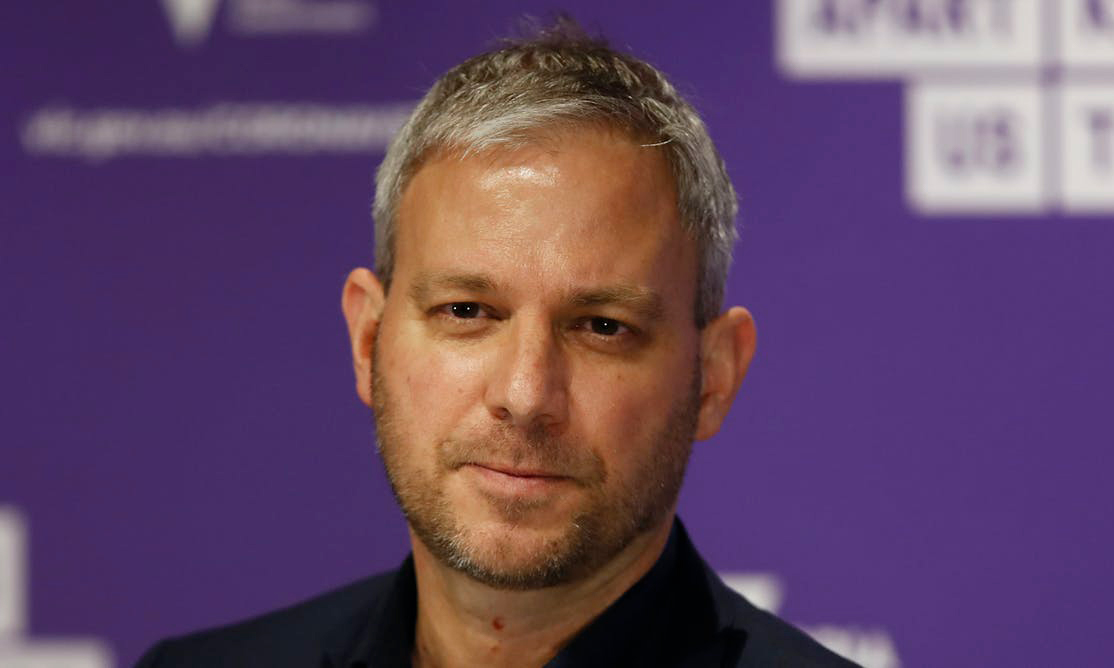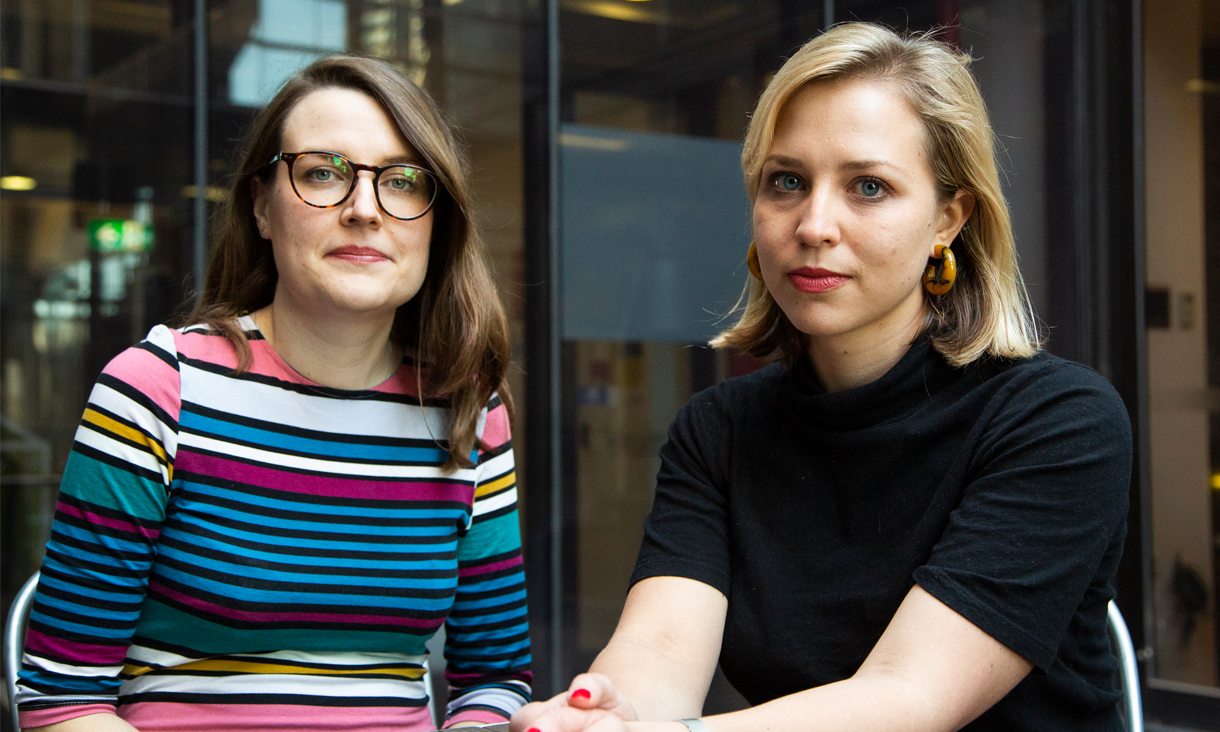RMIT welcomes the addition of Auslan courses to Victoria's free TAFE list
RMIT has welcomed news that the Victorian Government has added courses in Auslan to its Free TAFE list, helping more Victorians become Auslan interpreters and contributing to a more diverse and inclusive community.
Looking forward and looking back: gender equality during a pandemic
Just days after International Women’s Day last year, the World Health Organisation declared COVID-19 a global pandemic and gender equality shot into the spotlight. Our experts talk to the big issues one year on.
Calling Brett Sutton a ‘CHOttie’ is not objectification – but it’s not feminism either
When female public figures are sexualised it takes away from their perceived competence. For Brett Sutton, it seems to be a bonus. But that doesn't mean it's a good thing
Confused or clueless about global politics? Barely Gettin' By is the podcast for you
A new podcast is using a history of the present and a different perspective to explore key political events and issues to ask what’s being missed when we only hear certain voices.









